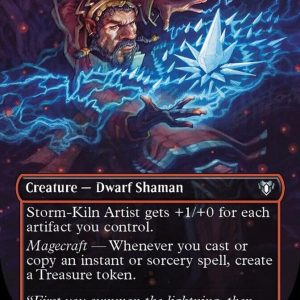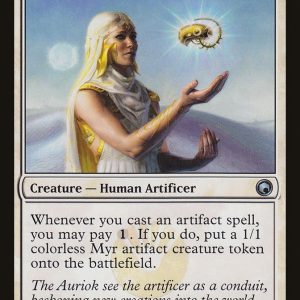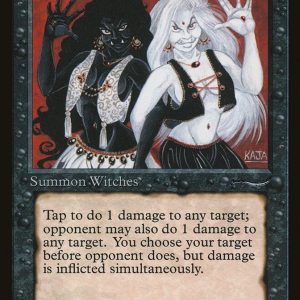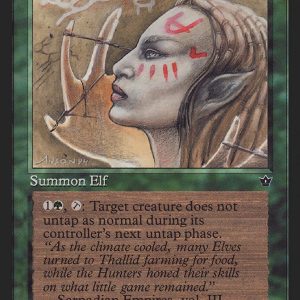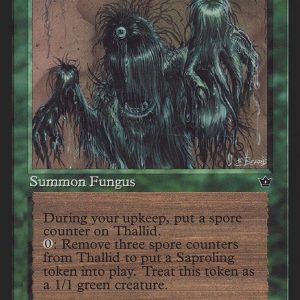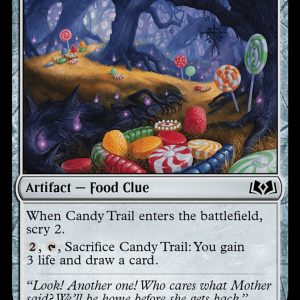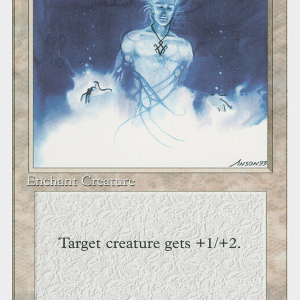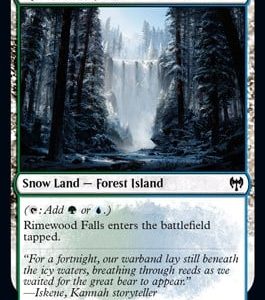Board State (Trading Card Game Term)
What is Board State in Trading Card Games?
In trading card games (TCGs) like Pokémon TCG, Magic: The Gathering (MTG), Yu-Gi-Oh!, One Piece TCG, and Dragon Ball Super Card Game, the Board State refers to the current situation on the battlefield or playmat, including all cards in play, their effects, and available resources.
Understanding and managing Board State is crucial for making optimal strategic decisions, predicting opponent moves, and adapting to changing gameplay conditions.
What Factors Influence Board State?
A player’s Board State includes:
✅ Active Creatures/Monsters/Pokémon – Cards currently in play that can attack or block.
✅ Defensive or Support Cards – Spells, traps, energy cards, or enchantments that impact the game.
✅ Resources Available – Mana (MTG), Energy (Pokémon), Don!! (One Piece), or Life Points (Yu-Gi-Oh!).
✅ Hand Size & Graveyard – Cards available for future plays or recursion.
✅ Opponent’s Board – What threats, counters, or defenses the opponent has in play.
A strong board state means having superior creatures, threats, and defensive options compared to the opponent. A weak board state means being behind in creatures, cards, or life total.
How Board State Works in Different TCGs
Magic: The Gathering (MTG)
MTG’s Board State includes:
- Creatures on the Battlefield – Their power, toughness, and effects.
- Planeswalkers – Extra abilities that generate board advantage.
- Mana & Lands – Resources available for casting spells.
- Enchantments & Artifacts – Continuous effects that impact the game.
Example: If a player has 3 tapped creatures, an untapped planeswalker, and 6 lands, they must decide how to maximize their Board State next turn by playing spells or attacking.
Pokémon TCG
Pokémon’s Board State includes:
- Active Pokémon & Benched Pokémon – Which Pokémon are ready to attack or switch in.
- Energy Attached – Determines which moves can be used.
- Prize Cards Remaining – Winning condition progress.
- Trainer Cards in Play – Stadiums, tools, or supporter effects.
Example: If a player has one Active Pokémon with 10 HP left and no benched Pokémon, they are in a bad Board State and close to losing.
Yu-Gi-Oh!
Yu-Gi-Oh!’s Board State includes:
- Monsters in Attack/Defense Position – Determines offensive or defensive control.
- Spell/Trap Cards Set – Backrow cards that may disrupt plays.
- Extra Deck Resources – Fusion, Synchro, or Link Monsters ready for summoning.
- Life Points – The primary win condition factor.
Example: A strong Board State may involve having a boss monster, a few defensive traps, and an extra deck summon ready.
One Piece TCG
One Piece TCG’s Board State includes:
- Leader’s Life Cards – Determines survivability.
- Character Cards – Attackers and defenders in play.
- Don!! Cards – Available energy for the turn.
- Event & Counter Cards – Potential for defensive or offensive plays.
Example: If a player has more Don!! resources and strong attackers in play, they control the Board State.
Why Board State Matters
✅ Informs Decision-Making – A player’s best move depends on their current Board State.
✅ Determines Strategic Advantage – A better Board State means more control over the game.
✅ Influences Opponent’s Moves – A threatening board forces the opponent to react defensively.
A player who reads and adapts to the Board State effectively will have a higher win rate.
Pros & Cons of Having a Strong Board State
✅ Pros:
✔ Puts pressure on the opponent – Forces them into defensive or reactive play.
✔ Provides multiple win conditions – Allows for different attack strategies.
✔ Forces opponents into suboptimal plays – Reducing their efficiency.
❌ Cons:
✘ Vulnerable to board wipes – A single removal effect can reset progress (e.g., MTG’s Wrath of God, Yu-Gi-Oh!’s Raigeki).
✘ Can lead to overcommitting – If a player plays too many cards without backup, they risk losing everything at once.
✘ Harder to maintain over time – A strong Board State can weaken if an opponent plays disruptive cards.
How to Manage & Maintain Board State
- Play conservatively – Don’t overextend if the opponent has a potential board wipe or removal spell.
- Use card advantage wisely – Keep backup options in hand for long-term stability.
- Control the opponent’s Board State – Use removal effects or negations to weaken their presence.
- Know when to attack or hold back – A reckless attack can lead to a sudden disadvantage.
Conclusion
A well-managed Board State is essential for winning games in any TCG. Whether it’s MTG’s battlefield, Pokémon’s active setup, Yu-Gi-Oh!’s monster zones, or One Piece’s Don!! system, mastering Board State awareness will give you a huge strategic edge.
Would you like a breakdown of how to recover from a bad Board State? 🚀

